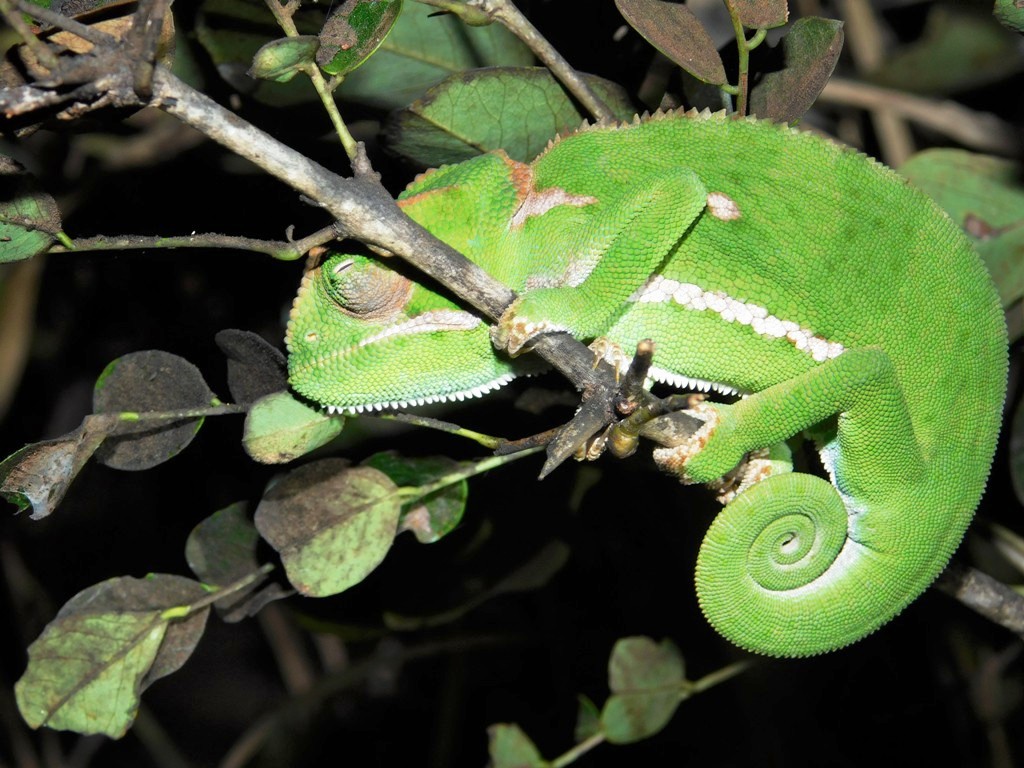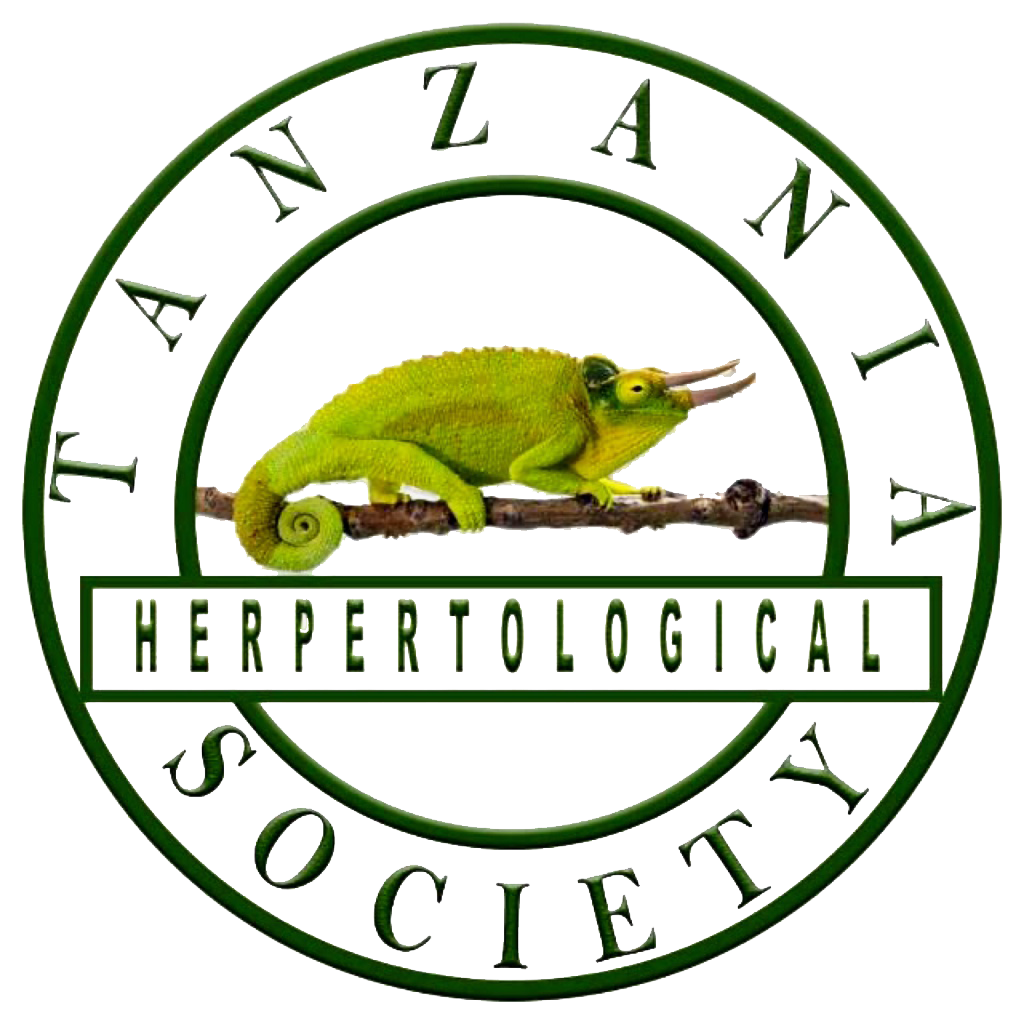Herpetofauna
Welcome to the Herpetofauna page of the Tanzania Herpetological Society (THS). Here, we explore the fascinating world of herpetofauna, which includes snakes, amphibians, and other reptiles. Our organization is dedicated to the conservation and education of these incredible creatures, and through our work, we strive to raise awareness, promote their welfare, and foster appreciation for the diversity and importance of herpetofauna.


